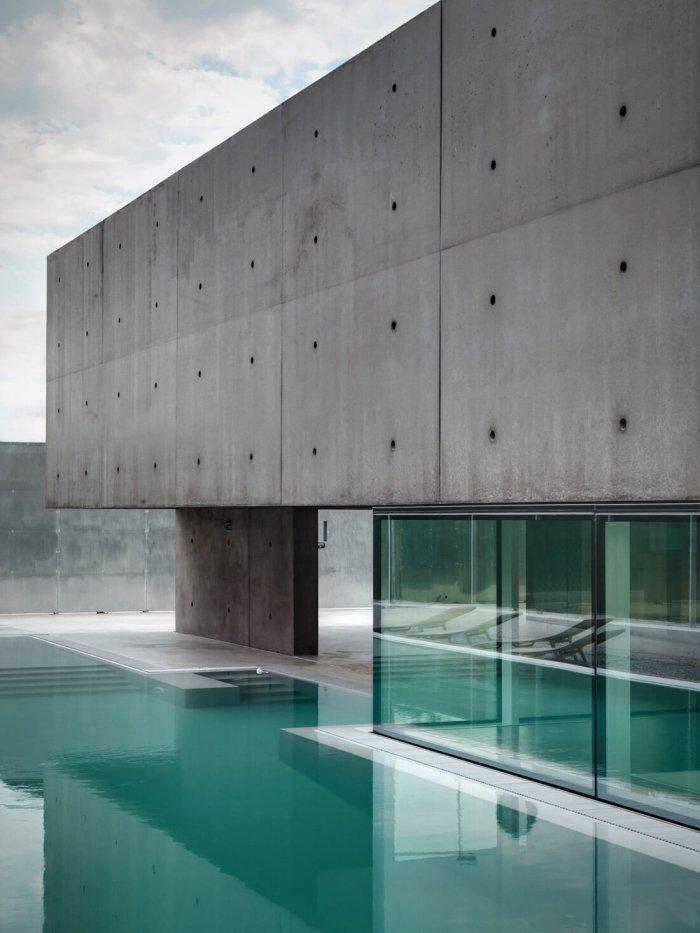Have you ever considered how air moves through your home? Homeowners often overlook this concern until an issue arises with their HVAC system.
Becoming conscientious about your home’s airflow offers several benefits, including lower utility bills, better air quality, and overall comfort. Here are some practical tips for improving the airflow in your house for better heating, cooling, and comfort.
Maintain Your HVAC System
Scheduling regular maintenance for your HVAC system is the best thing you can do to improve the airflow in your home. Ideally, you’ll schedule two annual appointments: one in the spring for your air conditioning and one in the fall for your furnace.
Several things happen during your maintenance visit that directly impacts airflow. According to an expert AC service technician in the Dallas-Fort Worth area, the first thing that happens is a filter change or cleaning. This removes debris and ensures the air that travels into your home is clean and allergen-free. The service technician will also clean the coils and ensure the blower is working properly for better air movement. During a furnace maintenance visit, the same process occurs.
Scheduling these preventative service appointments pay for themselves in lower utility costs and an extended HVAC system lifespan.
Use Fans and Vents
Use fans and vents in your home to direct the airflow. If you don’t have ceiling fans, it’s worth installing some in key areas in the home, such as over the stairs in multi-story houses. Strategically placed fans will promote better air movement between rooms and floors.
You can also use oscillating fans to help draw air around corners and in bedrooms. For an extra cool blast of air without driving up your air conditioning costs, place a bowl of ice in front of an oscillating fan for localized climate control.
Optimize Your Layout
Many older homes aren’t designed for proper airflow. Open concept plans didn’t take hold until the 1990s, which leaves many older homes choppy and closed off.
While you can’t rearrange your home’s floorplan, you can optimize your furniture layout to improve the airflow. Consider taking a minimalist approach to furniture to remove barriers. Rather than bulky side tables and sofas, opt for light, elevated alternatives.
Be sure that your furniture isn’t blocking any vents. If placing a large piece of furniture, like a sofa, in front of a vent is unavoidable, place it away from the wall to let air get through.
Block Unused Areas
In addition to letting air flow through certain areas, you can also use vents and barriers to redirect the air more efficiently. Close vents and doors in minimally used rooms to direct heating and cooling efforts to common areas. Consider using door covers or thermal curtains over minimally-used exterior doors or windows to block drafts.
Create a Cross-Breeze
Keeping doors and windows shut during the hottest and coldest months is a smart choice for optimizing your home cooling and heating efforts. However, fresh air will improve the air quality and comfort level in your home.
Open a few windows or doors on temperate days or cool evenings to create a cross-breeze. It’s also worth doing this on warmer days during the winter, turning off your heat and opening the windows for up to 15 minutes to refresh the air.
Insulate and Ventilate Your Attic
While doors and windows play a significant role in drafts and airflow, the attic is another important consideration. A well-insulated and vented attic is a must for maintaining the airflow in your home, otherwise your home heating and cooling efforts will escape through the ceiling.
Keep your attic insulated and check the ventilation to ensure the air flows through your home’s interior where it belongs.
Optimizing the airflow in your house will help you save on utility costs while experiencing better air quality and comfort, making it well worth the effort.








